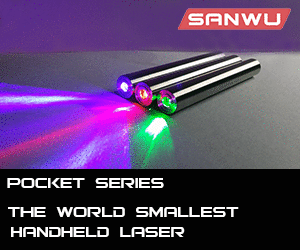The idea of the dummy load is to test what a driver will do to an actual laser diode by simulating it's electrical characteristics as well as possible - usually with a number of silicon diodes and a resistor in series.
For boost regulators you actually require such a load to test them, although you could also use a resistor that matches the voltage and current of the diode you intend to use.
For buck and linear regulators it depends - some will drive a dead short with no problem so you can just use a multimeter in the 10/20A range as a load and get an accurate result.
That only goes for ideal drivers though, some may have some current variation depending on dropout voltage.
A well built linear current regulator should not give a darn what it's load is, as long as it's low resistance enough to take the required current at the supply voltage. I prefer opamp based designs personally, and those really don't give a different current if the load is a laser diode or a crowbar.
The reason for that is that the output element is a big transistor or mosfet, but the reference source is a small voltage reference or diode not heated by that output driver very much.
Upside of the approach is also that it prevents thermal runaway: If somehow the whole circuit heats up, the voltage across the reference diodes goes slightly down, resulting in lower output current.
You could purposely expand that effect a bit further by having an NTC resistor pulling down the reference such that current falls off with system temperature. I've never needed to build that, but for a handheld laser that has insufficient heatsinking to run continiously it could be a good feature.



